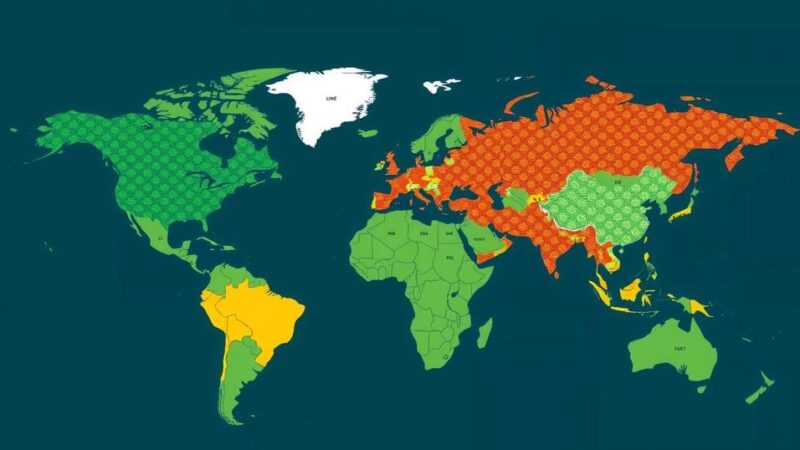A 4.4-magnitude earthquake occurred in California on November 7, following a series of significant seismic events in Greece and Hawaii. The earthquake in Borrego Springs was reported by the USGS, which received numerous accounts of the tremor felt by residents. This article highlights the patterns of seismic activity across various regions, stressing the importance of monitoring and preparedness.
On November 7, a 4.4-magnitude earthquake struck California, with its epicenter in Borrego Springs at a depth of approximately 9.8 kilometers, as reported by the United States Geological Survey (USGS). Following this event, the USGS received 257 reports of individuals feeling the earthquake. This occurrence follows a series of recent seismic activities, including a notable 4.4-magnitude earthquake in Greece on November 5, at a depth of 82.3 kilometers, and a 4.8-magnitude quake in Hawaii also on November 5, centered in Pāhala.In California, another 3.3-magnitude earthquake took place on November 4 in Anza at a depth of about 12.1 kilometers. This seismic activity coincided with a 4.3-magnitude earthquake in Chile and a 3.7-magnitude quake in Missouri, both reported on November 3. On the same day, Greece experienced a 5.3-magnitude earthquake, which may suggest an uptick in global seismic activity. Furthermore, on October 30, Oregon encountered a 6.0-magnitude earthquake in Windsor, with additional smaller quakes reported in California on October 28, including a 3.2-magnitude event in Lompoc. Notably, the cumulative seismic events across these regions illustrate a significant pattern in earthquake occurrences, particularly in California, which has remained a focal point of seismic research and monitoring. Seismic monitoring and analysis are critical in understanding the dynamics of earthquake activity worldwide. The USGS plays an essential role in tracking and reporting seismic events, providing the necessary data to evaluate potential risks to populated areas. California, with its well-known geological faults, frequently experiences earthquakes of varying magnitudes. As such, it is crucial for residents to remain informed about seismic risks and preparedness measures. Historical data and up-to-date reports from the USGS contribute valuable insights into the patterns and frequencies of seismic events around the globe, offering both residents and researchers important information for analysis and response planning.
The phenomenon of earthquakes, characterized by the shaking of the Earth’s surface due to sudden release of energies in the Earth’s lithosphere, presents significant risks to various regions, notably California, which is situated along the Pacific Ring of Fire. This region’s unique geological features often lead to frequent seismic activities. The USGS is instrumental in monitoring these activities, disseminating timely information that aids in disaster preparedness and response efforts. Understanding the historical patterns of earthquakes can inform current preparedness initiatives and enhance public awareness regarding safety measures.
In summary, the recent 4.4-magnitude earthquake in California contributes to a series of notable seismic events reported worldwide within a short period. The data collected by the USGS underscores the importance of continuous monitoring of seismic activities, particularly in a seismically active region such as California. This information emphasizes the need for preparedness and public education regarding earthquake safety, as the frequency and intensity of such events can pose significant risks to life and infrastructure.
Original Source: wtam.iheart.com






